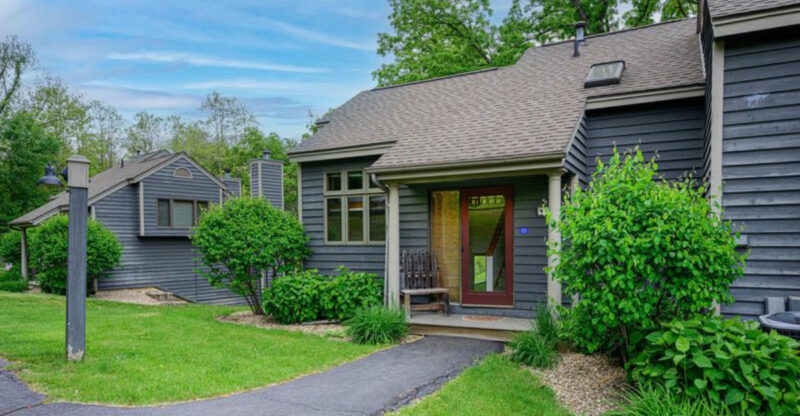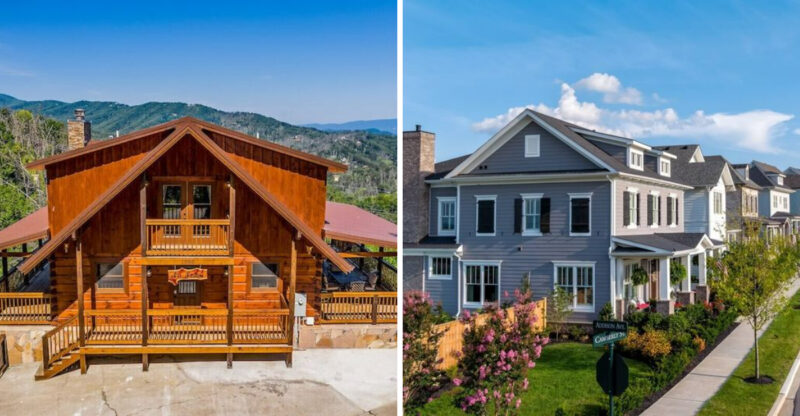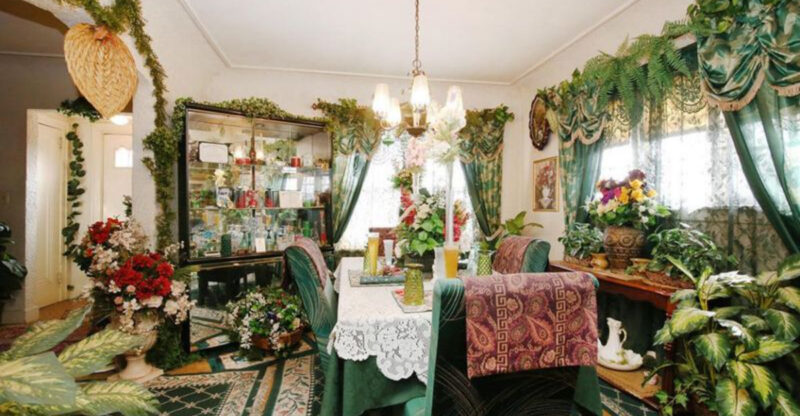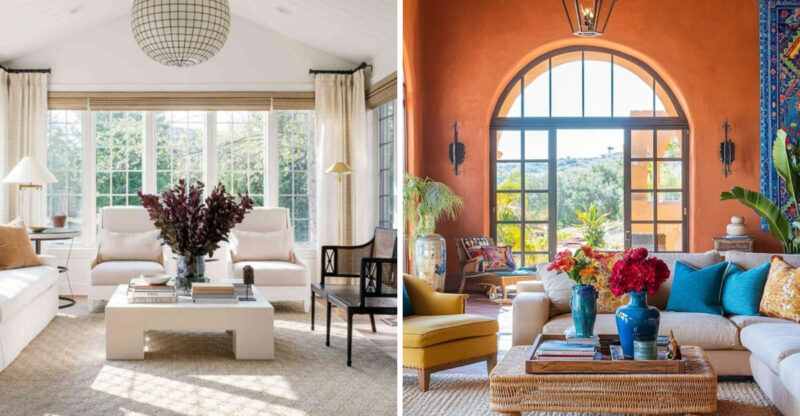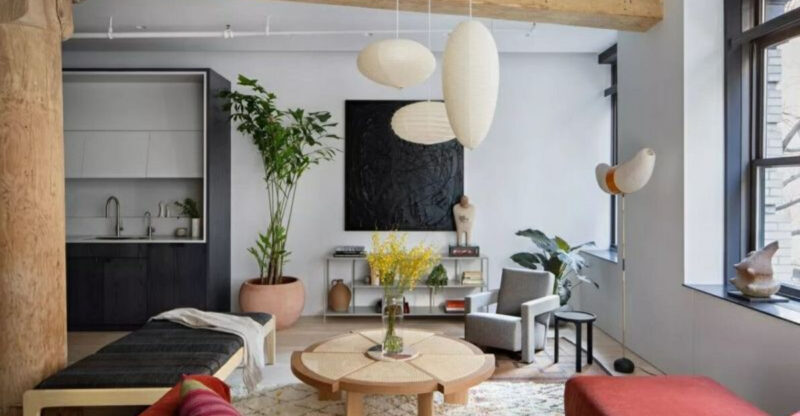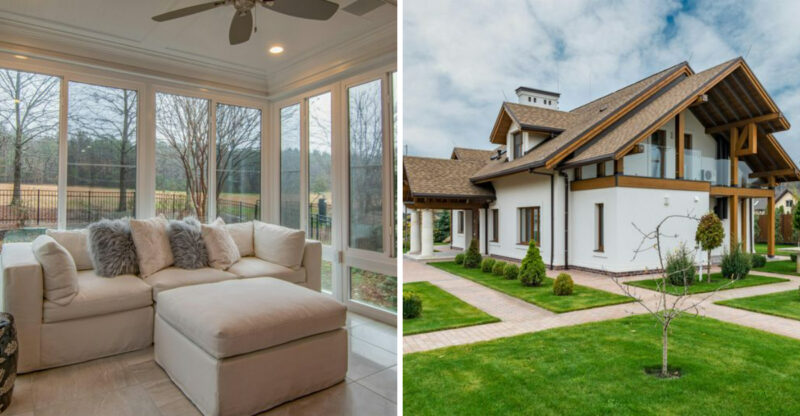10 New Mexico Home Styles Predicted To See Price Declines By 2026

The New Mexico housing market is changing, and some home styles might lose value in the coming years. Market experts are watching specific architectural types that could see price drops by 2026.
Understanding which homes may decline in value can help you make smarter buying or selling decisions.
1. Traditional Adobe Homes
Many buyers are moving away from older adobe construction because of high maintenance costs. The thick mud walls crack easily in temperature swings, and repairs require specialized skills that are expensive and hard to find.
Modern homeowners want energy-efficient features and low upkeep. Traditional adobe homes often lack proper insulation and updated HVAC systems. I’ve noticed younger buyers prefer move-in ready properties over fixer-uppers that need constant attention and specialized care from contractors familiar with historic building methods.
2. Pueblo Revival Ranch Houses
Ranch-style homes built in the pueblo revival trend are falling out of favor with today’s buyers. These single-story layouts spread wide across lots, wasting space that could accommodate larger families or modern floor plans.
Real estate agents report that open-concept designs are what people want now. The compartmentalized rooms in these ranches feel dated and closed off. Plus, heating and cooling these sprawling homes costs more than two-story designs, making them less appealing in an era focused on sustainability and budget-conscious living.
3. Territorial Style Haciendas
Hacienda-style properties with their sprawling courtyards require significant land and maintenance budgets. Fewer families can afford the upkeep on these massive estates, especially with rising property taxes and water costs in desert regions.
The formal layout doesn’t match how modern families actually live. People want flexible spaces for home offices and entertainment areas. These rigid, compartmentalized haciendas feel impractical. Water-intensive landscaping around courtyards also clashes with drought concerns, making them less desirable for environmentally conscious buyers looking for sustainable living options.
4. Mid-Century Modern Desert Homes
Vintage mid-century homes built in the 1950s and 60s are showing their age badly. Original single-pane windows and outdated electrical systems make these properties expensive to modernize while maintaining their architectural integrity.
Buyers love the aesthetic but hate the renovation costs. I see many of these homes sitting on the market longer because the price to update plumbing, wiring, and insulation exceeds what most budgets allow. The nostalgia factor isn’t enough when faced with thousands in necessary repairs before move-in.
5. Spanish Colonial Reproductions
Reproduction Spanish colonial homes lack the authenticity buyers seek in historic properties. These mass-produced versions from the 1980s and 90s used cheap materials that are now deteriorating faster than genuine historic homes.
Red tile roofs leak and cost a fortune to repair properly. Stucco exteriors hide moisture damage until major problems develop. Younger generations prefer clean, minimalist designs over the heavy ornamentation found in these reproductions. The maintenance headaches combined with dated interior layouts make them tough sells in today’s competitive market.
6. Manufactured Santa Fe Style Homes
Factory-built homes designed to mimic Santa Fe style are depreciating quickly. Banks treat manufactured housing differently than site-built homes, making financing harder and resale values lower across the board.
The construction quality simply doesn’t compare to authentic builds. Thin walls, cheaper materials, and faster deterioration turn buyers away. I’ve watched these properties struggle to maintain value even in hot markets. Land lease situations in mobile home parks add another complication, as monthly lot rent increases cut into any potential equity gains over time.
7. Concrete Block Stucco Houses
Basic concrete block construction covered in stucco represents budget building from past decades. These utilitarian homes lack character and architectural interest that today’s buyers expect, even at lower price points.
The plain box design offers no curb appeal or distinctive features. Poor insulation in the walls makes temperature control difficult and expensive. Stucco repairs become necessary as the material ages and cracks. Families shopping in this price range now have better options with newer builds that include modern amenities and attractive designs.
8. Flat Roof Modernist Boxes
Ultra-minimalist flat roof designs from the 2000s are proving problematic in New Mexico’s climate. Drainage issues lead to constant leak repairs, and the stark appearance feels cold rather than inviting to most buyers browsing listings.
These homes prioritized form over function in ways that don’t age well. Limited windows make interiors dark and uninviting. The industrial aesthetic appeals to a narrow buyer pool. Maintenance costs for specialized roofing systems eat into any savings from the simple design, making them financially unappealing compared to traditional pitched roofs.
9. Cookie-Cutter Subdivision Homes
Mass-produced homes built in large subdivisions during the housing boom are losing their appeal fast. Buyers today crave uniqueness and character, something these repetitive designs simply can’t offer. With identical floor plans and bland exteriors, they feel more like assembly-line products than personalized spaces.
Many of these neighborhoods also suffer from poor construction quality, as developers rushed to build quickly rather than carefully. Thin walls, cheap materials, and cookie-cutter layouts make them less desirable. As more buyers seek homes with personality and better craftsmanship, these generic houses will likely struggle to maintain value in a competitive market filled with more interesting options.
10. Oversized McMansions on Small Lots
Built during the early 2000s, these massive homes packed onto tiny lots are falling out of favor with modern buyers. Families now prioritize outdoor living space, gardens, and privacy over sheer square footage. When your house takes up nearly the entire property, there’s little room left for anything else.
High utility bills and expensive maintenance also make these energy-hungry giants less attractive. Heating and cooling several thousand square feet in New Mexico’s extreme climate costs a fortune. Younger buyers especially prefer smaller, more efficient homes that don’t drain their wallets. As sustainability becomes more important, these oversized properties will struggle to compete.

